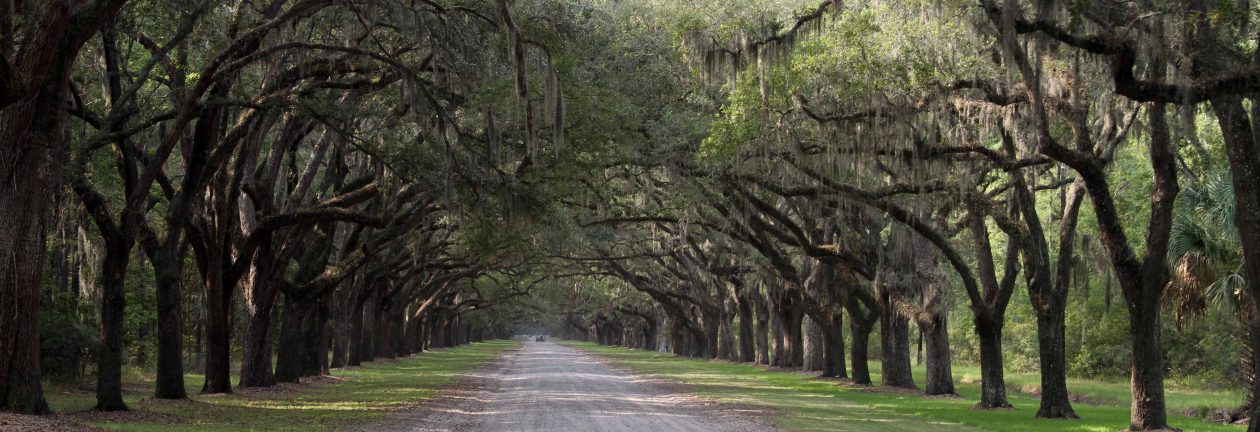Nazareth, Israel
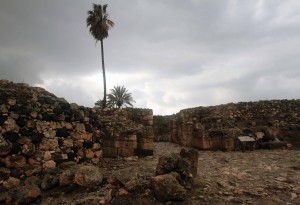
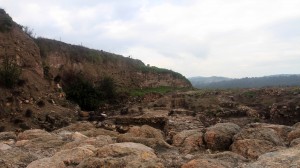
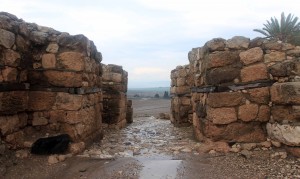
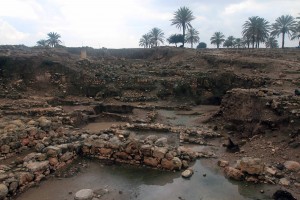
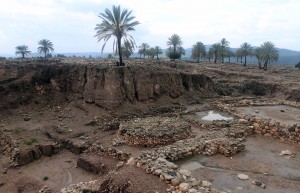
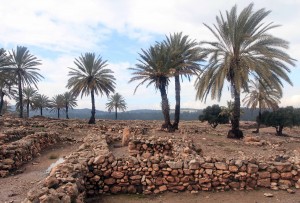
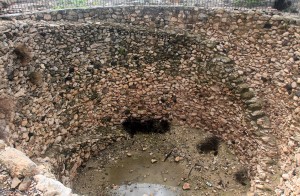
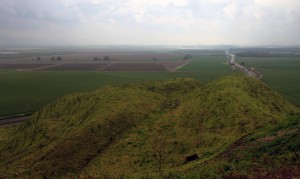
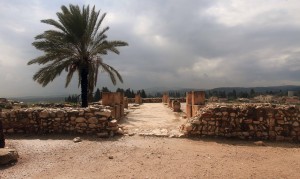
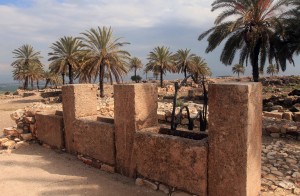
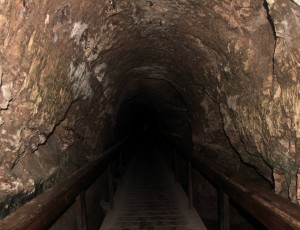

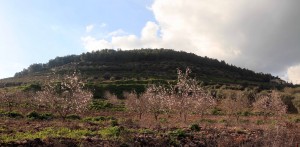
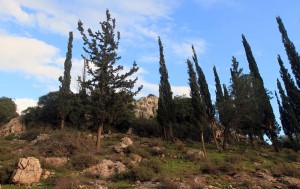
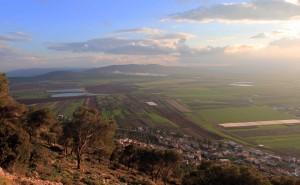
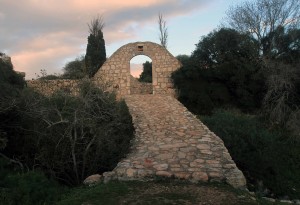
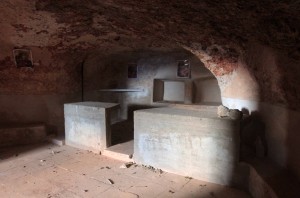
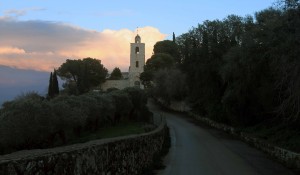
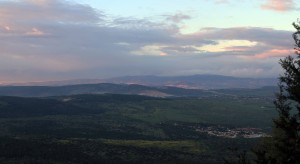
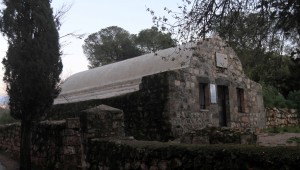
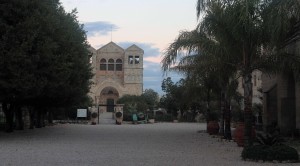
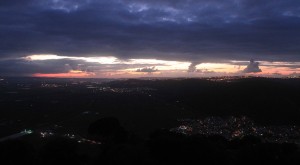
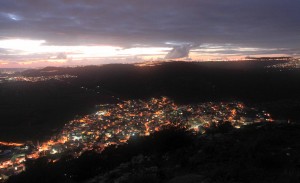
I woke up today around 08:00, got ready, and hurried out to the bus stop by the Basilica of the Annunciation. I then caught a bus to spot to the highway west of Nazareth, where I then caught another bus to take me down to Tel Megiddo. Once at Tel Megiddo, I entered in to the National Park, walked to the visitor center, and bought my entrance ticket. I then walked out to see the ruins of Tel Megiddo, a historical city that once guarded the narrow pass through the Carmel Ridge and an important trade route between Assyria and Egypt; the site was inhabited from about 7000 BC to 586 BC (when the Babylonians defeated the Israelites and sent them in to exile). Tel Megiddo is probably most famous today as the future site where the armies of good and evil will gather at the end of times according to the Book of Revelations, where it is called by its Greek name, Armageddon. Also, according to one Christian interpretation, Jesus will return to earth and defeat the Antichrist, the False Prophet, and Satan in the Battle of Armageddon. I walked up to the site, entered through the Canaanite City Gate, and wandered around the ruins, looking at what was left of the city after over 2500 years of being abandoned. I walked by the Canaanite Palace, through the Israelite Gate (built some time after the city was destroyed during the Late Canaanite Period in the Late Bronze Age), the northern stables, the northern palace (possibly built during the time of King Solomon or King Ahab), the temple area (in the Early Canaanite Period, a series of temples were built here continuously, one on top of the other), some administrative structures and dwellings, the southern palace, a large public granary (its volume was approximately 450 cubic meters which meant it could store up to about 1,000 tons of wheat; this silo was built by one of the last Israelite kings), the southern stables (with stone troughs and metal outlines of horses displayed around its grounds), the Assyrian palaces and structures, and – finally – the large water system that was hewn during the period of Israelite kings. After touring the site, I walked down the stairs, through the 36-meter deep shaft, to the tunnel that leads to the spring that the inhabitants used to draw water from (the shaft and tunnel were constructed so that the inhabitants could draw water from the spring without having to exit the city; the other side of the spring (where I exited out of the tunnel) was sealed up and covered In earth to hide it from enemies). I walked past the underground spring and then outside the water system, exiting the site. I then walked to the bus stop and waited for a bus to take me to the Afula bus station. I missed the bus I needed to take (at 11:40) and ended up waiting there for over two and a half hours for another bus – I learned the hard way that buses in Israel are not that frequent (especially in places like Megiddo) and one needs to have a concrete plan in place with complete knowledge of when certain buses will arrive and depart (I watched one man trying to hitchhike for an hour before getting a ride and I wandered if I would be better off doing the same). At 14:30, I was ready to call it quits and just head back to Nazareth since I figured Mount Tabor (my next stop, which I could actually see from Megiddo, far off in the distance) would be closed by the time I got there; soon, a bus did arrive, I got on, and I rode it to Afula, figuring I would try for Mount Tabor anyway (from this point on I kept thinking about how I wish I hadn’t missed that 11:40 bus). I reached the Afula bus station and then waited for the bus heading north by Mount Tabor to arrive (while I waited, I had some apple juice and candy bars to give me much needed fuel); the bus then arrived and I got on. I should explain: I had looked up the suggested bus routes to all the places I wanted to go via Google (thank God for the internet), took snapshots with my iPhone of the suggested routes which has the stops written in Hebrew, and then used these snapshots to show the bus driver where I wanted to travel to (since almost no bus drivers – and many others for that matter – speak English in this country; honestly, I think it was easier getting around China); the bus driver then gave me the appropriate fare (I hope) and would then let me know when we came to the stop so I could get off; this all worked pretty well for the most part. Anyway, I reached my next stop, near the base of Mount Tabor, and then I walked to a nearby bus stop to catch yet another bus. While waiting for this bus, a young Arab man drove up and asked if I wanted a ride to the top for a price; I didn’t want to haggle and this young man had a canned beer between his legs while driving, so I told him I would just wait for the bus (this may have been mistake since it was already past 16:00 and the churches would be closed by the time I reached the top, at 17:00). The bus eventually arrived, the driver stopped for ten minutes, and then he finally took off. He gave me a lift to the bus stop next to the road leading up to the top of the mountain; he also never charged me a fare which was kind of him. I then walked about two kilometers up to the top, through beautiful Mediterranean forest; while walking up, four Israeli army jeeps passed me by; once I reached the top, I saw they had set up a tent and I wasn’t sure if they were doing an exercise or setting up a communication station. Once at the top of Mount Tabor, which is the traditional site of the Transfiguration of Jesus Christ (in Apostolic times it was known as the “holy mount” and Origen identified it as Tabor in the third-century AD – this early date seems to lend credence to this tradition); I first walked to some ruins I saw between the trees (walls from the thirteenth-century AD) and ended up at a chapel called the “Cave of Melchizedek” (according to the Greek tradition, this is where Melchizedek, the King of Salem, and Abraham met after Abraham had rescued his nephew Lot from captivity; according to the Byzantine tradition, this is where Melchizedek lived as a Hermit for several years before realizing the superiority of Abraham’s God over his own god); this old, sacred chapel was strange because the doors were left open (after 17:00), there were pictures of Christian paintings placed on its walls, and there was trash left inside from lazy tourists. After touring the chapel, which was surrounded by scenic stone walls and splendid forests (like out of a Romantic painting), I walked to the bell tower of the Eastern Orthodox monastery, which was, of course, closed at this time. I then walked back and followed the road on the other side of the mountain’s top and walked through a stone entrance gate, along a road lined with Italian cypresses on both sides, past the Descentibus chapel (according to tradition, this is the site where Jesus Christ told Peter, James, and John to tell no man what they had seen, till the Son of Man had risen from the dead), and up to the gate enclosing the Church of Transfiguration (which had closed at 17:00). I then walked back down the mountain, along the road I had come up, and as I was walking, the Israeli Army jeeps were driving back down, finished with whatever they were doing up at the summit of this holy mount. It was now getting very dark and very cold, but I did enjoy the scenery of the remaining orange low in the western sky, the forested hills and flat farmland in the Jezreel Valley, and several towns scattered about in the darkness, emitting so much light from its dwellings and street lamps. I then reached the spot where the bus had dropped me off earlier, but based on my experience today, I had no faith that the bus was even running at this hour; so, I followed the road to the highway nearby, only sure I was heading in the right direction whenever I saw another bus stop; in this way, I hiked down Mount Tabor. Then, as I walked around the southern side of the mountain, heading toward highway 65, the street grew very dark (as there were no more street lights and nothing but farmland); then, a nice man stopped his car and offered me a ride to the highway (about another kilometer away) since the street was too dark, curvy, and dangerous to be walking; I accepted his offer and once at the highway, thanked him. I then walked to the nearby bus stop, waited in the cold, and then took a bus down to Afula bus station. When I was at the bus station, I had some more snacks and a jug of ice tea to keep me going. Then the bus to Nazareth arrived and I got on board. Unfortunately, this bus didn’t go to the city center of Nazareth, but rather to Nazareth Iliit, up in the hills; I was waiting for the bus to pass by the city center (like the bus I had taken last night from Tiberias) when I noticed I was the only passenger left on board; the bus driver then told me to get off the bus; I asked him which way to Nazareth, but of course he didn’t understand English; so I then tried showing him a map on my iPhone to get directions, but all he would do was raise his voice, point toward the door, and demand I exit the bus; it’s a real shame that assholes exist on this planet. I was now up in the hills, it was raining, and I wasn’t sure which direction to go. I started walking and when a young man passed by, I asked him which way to go; he pointed me in the correct direction and even walked with me for a while; we talked and I was surprised to learn that he was sixteen (he looked older); he then called a taxi for me and waited around until the cab arrived – it amazes me how I seem to keep encountering two types of citizens in this country, each polar opposites of each other. The taxi arrived, I got in, and – after repeating the word “meter” five times – he finally turned the meter on and drove me to the Old Town of Nazareth (taxi drivers really are the same everywhere in this world). Once at the old town, I bought a razor and shaving cream at the supermarket; then I bought some pizza slices for dinner. Wanting nothing more than to return to the hostel at this point (at 22:00), I walked to it only to discover a note left for me telling me that the lock had been changed and I needed a new key; then I walked to the reception door and there was another note telling me they had gone out to a nearby restaurant for dinner and to meet them there; so I walked to the restaurant, met the managers of the hostel, received a new key, and then walked back to the hostel and finally in to my room. I ate my pizza (eggplant, peppers, some other stuff) and had some beer; I also met a new guy staying in the hostel (in his private room) and working there for a few months. Then, after dinner, I got to work shaving my beard off; I had hiked the Jesus Trail and it was time to cut the five and a half month old growth. It took about thirty minutes to trim and then shave; once I was done, I looked in the mirror and – due to my long hair – I realized I look like Bill Murray from the late 1970s. I then researched bus schedules to Jerusalem for tomorrow, as well as sites to see in Jerusalem, Bethlehem, and Jericho; finally, at 02:00, I went to bed for some much needed sleep.
